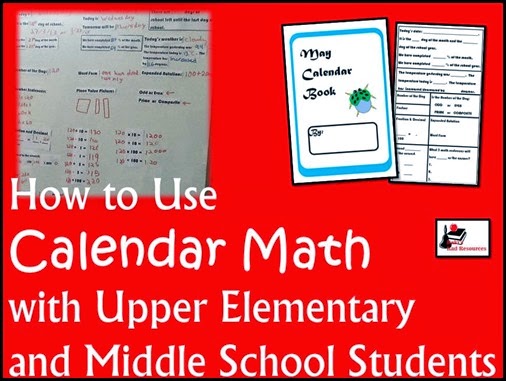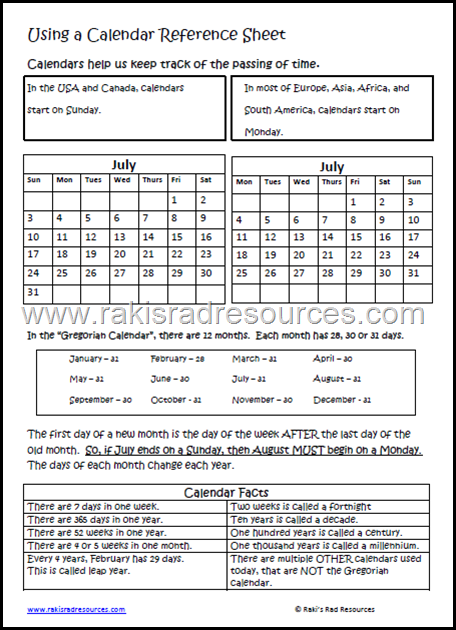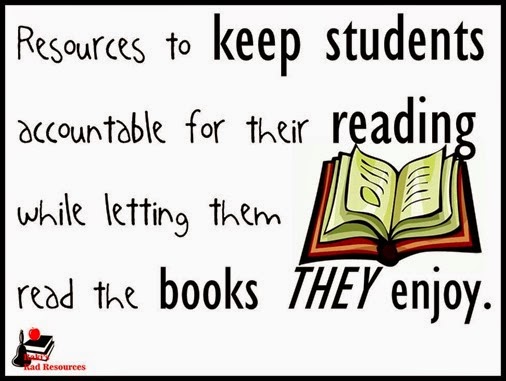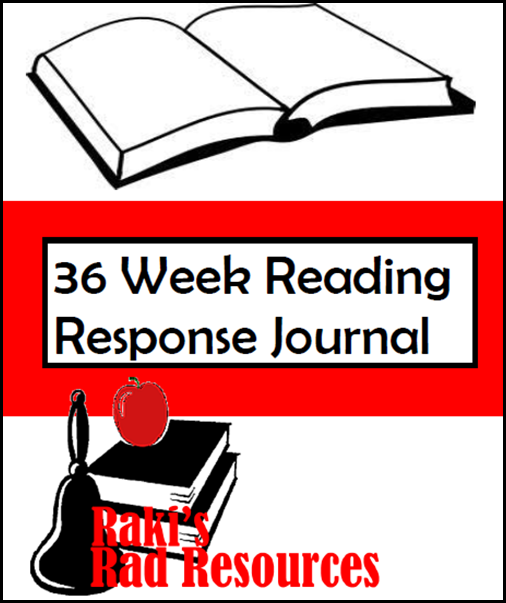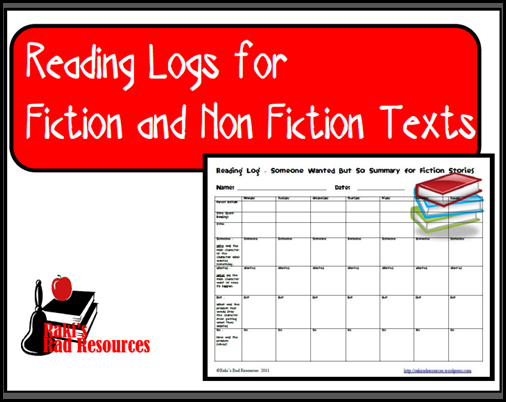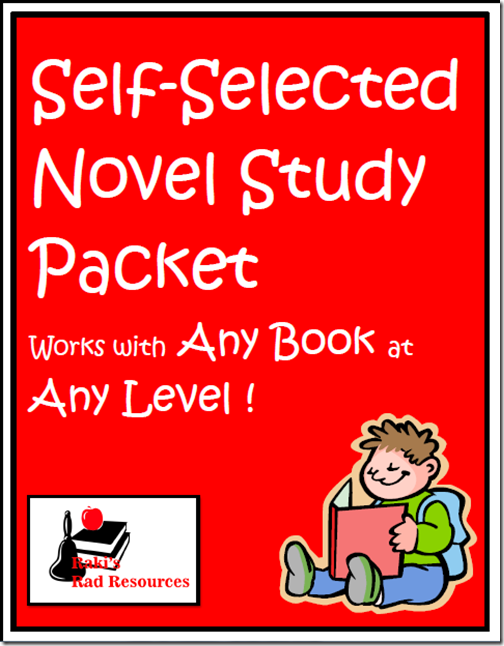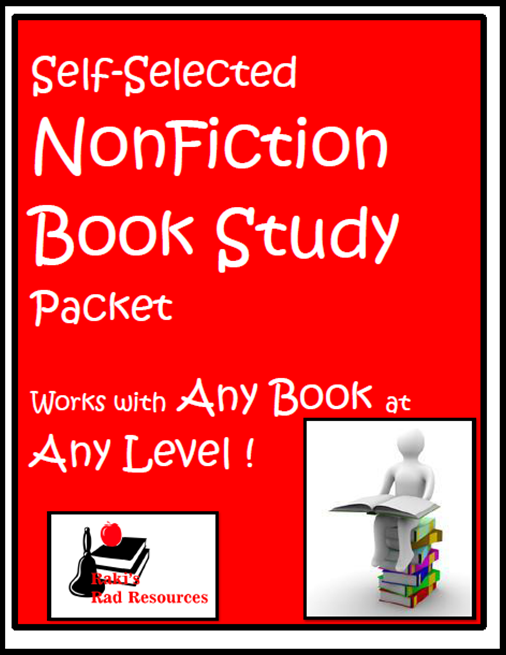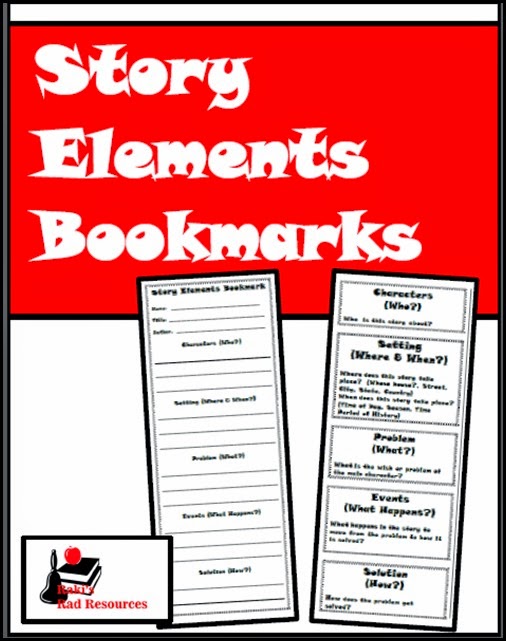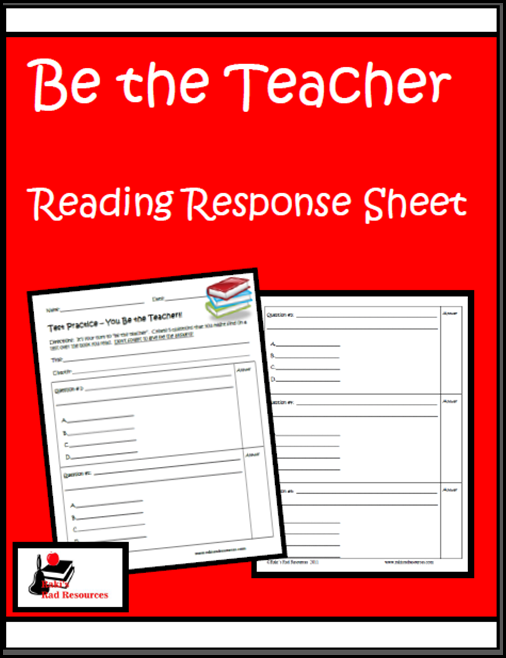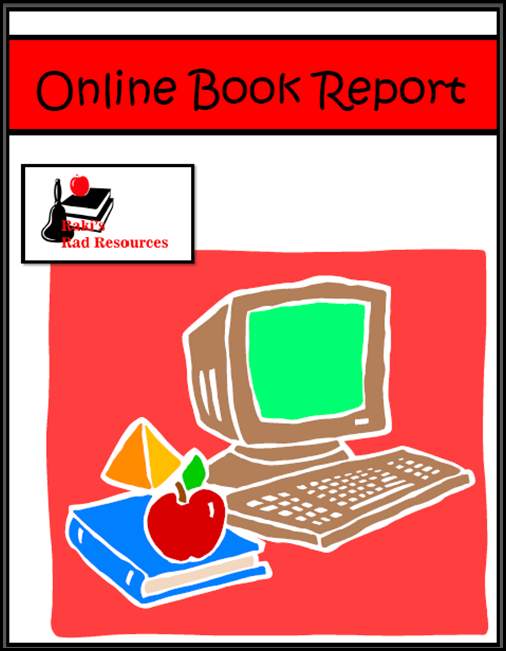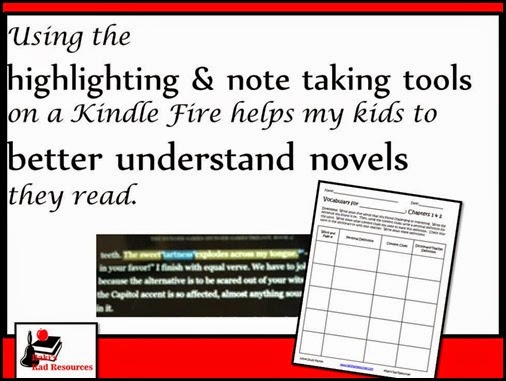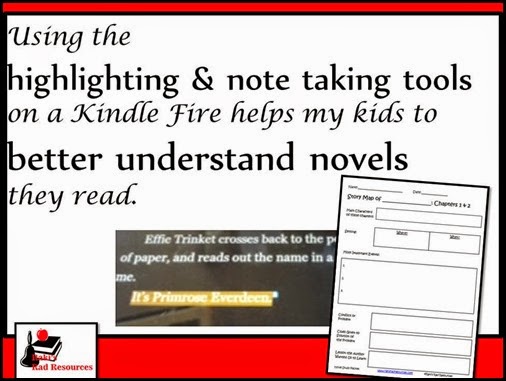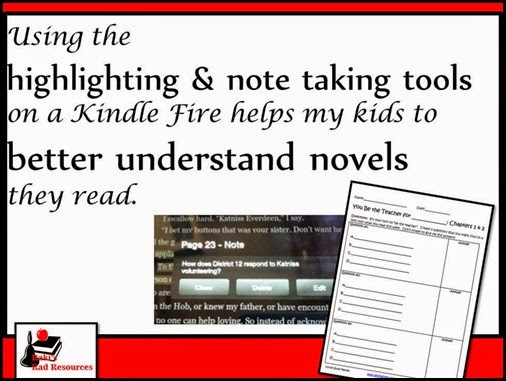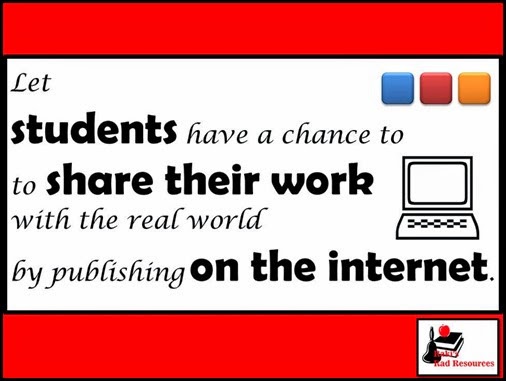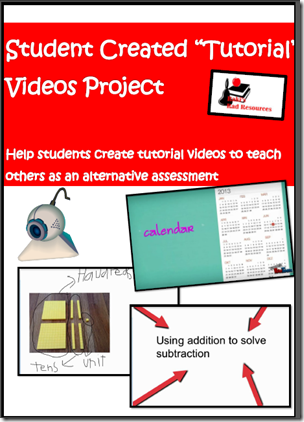Daily calendar math is very common in preschool and primary grades. However, it is often deemed to be a waste of time with older students. In my experience, it is anything but a waste of time.
Calendar time can help older students:
- understand how a calendar really works. I know it seems like common sense, but many older students don’t automatically understand that each month doesn’t begin on a Monday. Tell a student that March will end on a Thursday and ask them what day April will begin on and many will pause for an extended time. Working with calendars every day and having time to discuss trends in how we use calendar can be very beneficial for students. For additional learning, try exposing students to the idea that calendars are not the same in every country on Earth. In my Calendar Lesson for Interactive Math Notebooks, the reference sheet reminds students that calendars start on Sunday in the North America, but on Monday in most other continents. This is something that can be referenced easily during calendar math as well.
- build vocabulary. Factors, prime, composite, equation. These vocabulary words were never a problem in my classroom, because we covered them every single day in our Calendar Math Books. By completing these books, posting answers on our Calendar Math Posters, and reviewing as a class, my students had those math vocabulary words – and many others – down pat and never missed them on assessments. 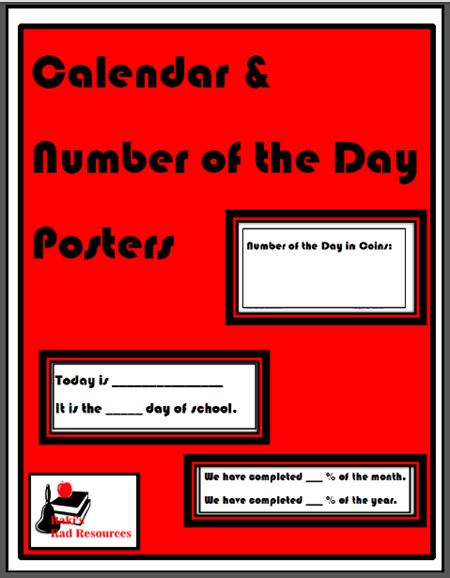
- gain mastery of basic skills. Calendar Math is done every single day. So if students don’t understand how to find factors of the number of the day at the beginning of the year, by the time they have done it 180 times, they are very likely to have mastered the concept. Repetition helps us remember. Calendar Math should cover the concepts that need to be completely mastered. By repeating these concepts over and over, students build automaticity and confidence with these concepts.
- explore numbers. Work on the same concepts, use different numbers. This is how you truly explore how numbers and number properties work. My students used the number of days they had been in school as their “number of the day” for their Calendar Math Books. By working sequentially, students could see lots of number patterns, including the odd/even pattern, the growth of factors as numbers get larger and the fact that prime numbers are more common in smaller numbers than larger numbers. These are all concepts my students explained to me as they completed their Calendar Math Books each morning.How to Use Calendar with Upper Elementary and Middle School Students - Ideas and Resources from Raki's Rad Resources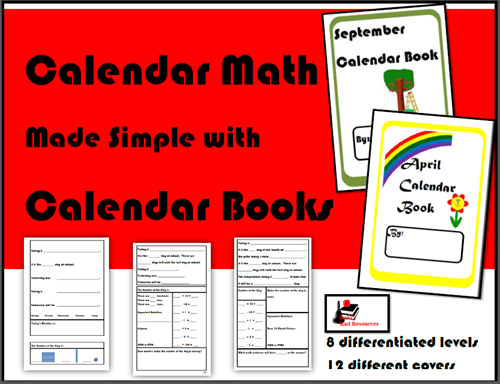
One of the most important ways to make Calendar Math meaningful is to be sure that students are completely engaged. For my classroom, this meant that students completed Calendar Math Books before we reviewed the concepts as a class. Students completed their books during their independent work time (I don’t do centers – to find out why check out this blog post.). In the beginning of the year, I stood in front of the room and reviewed each concept with my students, using our Calendar Math Posters. However, by the sixth week of school, I could turn the reviewing process over to one of my students, whose weekly classroom job it was to lead Calendar. The other students followed along with their Calendar Math Books open, checking their work, and the work of their leader. Meanwhile, I could float around and spot check Calendar Math Books, taking anecdotal notes of who was struggling with which concepts. The review process took an average of 15 minutes each day, with review time being longer in the beginning of the year and shortening down to about 10 minutes during the last trimester when everyone had mastered the concepts. Those 15 minutes are completely worth the learning that happens during Calendar Math time!

